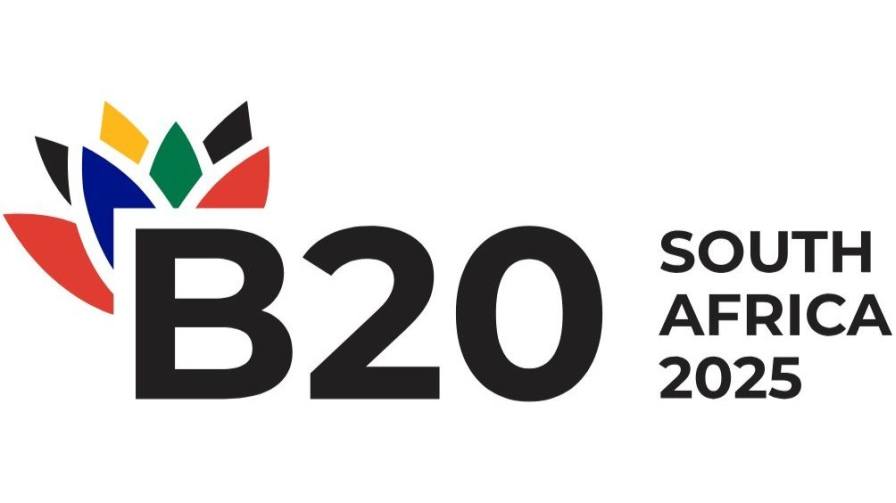Top Three Tips: Staphyt on Navigating Regulatory Pathways for Biologicals
As the global agricultural industry embraces more sustainable solutions, biological products —biopesticides, biostimulants, and biocontrol agents — are becoming essential tools for farmers and agribusinesses. However, navigating the regulatory landscape for these products remains a complex challenge.
Staphyt, a global service provider in biopesticide and biostimulant research and regulatory expertise to support product development, shares its experts Daniela Maia, Brazil Regulatory Affairs Director, and Geoffroy Moulin, BioTeam Manager and Regulatory Affairs BDM in Europe, to talk about streamlining the registration process, accelerating market entry, and aligning product development with global sustainability trends.
1. Streamlining Regulatory Pathways in Brazil and Europe
The regulatory environment for biologicals is constantly evolving, requiring a deep understanding of national and international requirements. Maia and Moulin emphasize that a well-structured approach is crucial to avoiding unnecessary delays and costs.

Daniela Maia, Brazil Regulatory Affairs Director, Staphyt
“In Brazil and Europe, regulatory frameworks differ significantly, but the key to efficiency lies in early-stage planning and comprehensive data generation,” says Maia. “By ensuring that regulatory dossiers align with requirements across multiple regions, companies can optimize their submission strategy and reduce redundant studies.”
Moulin highlights the importance of staying ahead of regulatory changes. “We actively engage with international professional associations and regulatory committees to contribute to discussions on policy development,” he says. “This involvement helps us anticipate shifts in legislation and guide companies through compliance with emerging standards.”
2. Accelerating Market Entry for Biologicals
For companies looking to introduce biological products, understanding the nature of the compound, its mode of action, and regulatory classification is critical.

Geoffroy Moulin, BioTeam Manager and Regulatory Affairs BDM in Europe, Staphyt
“There is no one-size-fits-all approach when it comes to biologicals,” says Moulin. “Each product — whether a microbial agent, a plant extract, or a semiochemical — has unique characteristics that influence its regulatory pathway. Identifying potential technical and safety concerns early on allows companies to address them proactively, preventing costly setbacks.”
Economic pressures also play a role in shaping market strategies. “Defining a global data package from the start ensures that studies meet the regulatory requirements of multiple regions,” Maia adds. “This strategic planning helps companies prioritize registration efforts and leverage experiences from one market to streamline the approval process in others.”
3. Aligning Product Development with Global Sustainability Trends
With the increasing demand for sustainable agriculture, companies must align their product development strategies with global trends. Maia and Moulin recommend leveraging insights from industry associations, market research firms, and regulatory bodies to identify emerging opportunities.
“Organizations like IBMA, CropLife International, and BPIA provide valuable insights into market trends and regulatory developments,” says Moulin. “Engaging with these groups enables companies to anticipate industry shifts and position their products accordingly.”
Market dynamics also influence commercialization strategies. “Penetration rates and sales values vary across regions,” Maia notes. “Balancing market potential with regulatory investment is essential for long-term success. Companies must adopt a global perspective, considering both compliance requirements and economic feasibility.”






